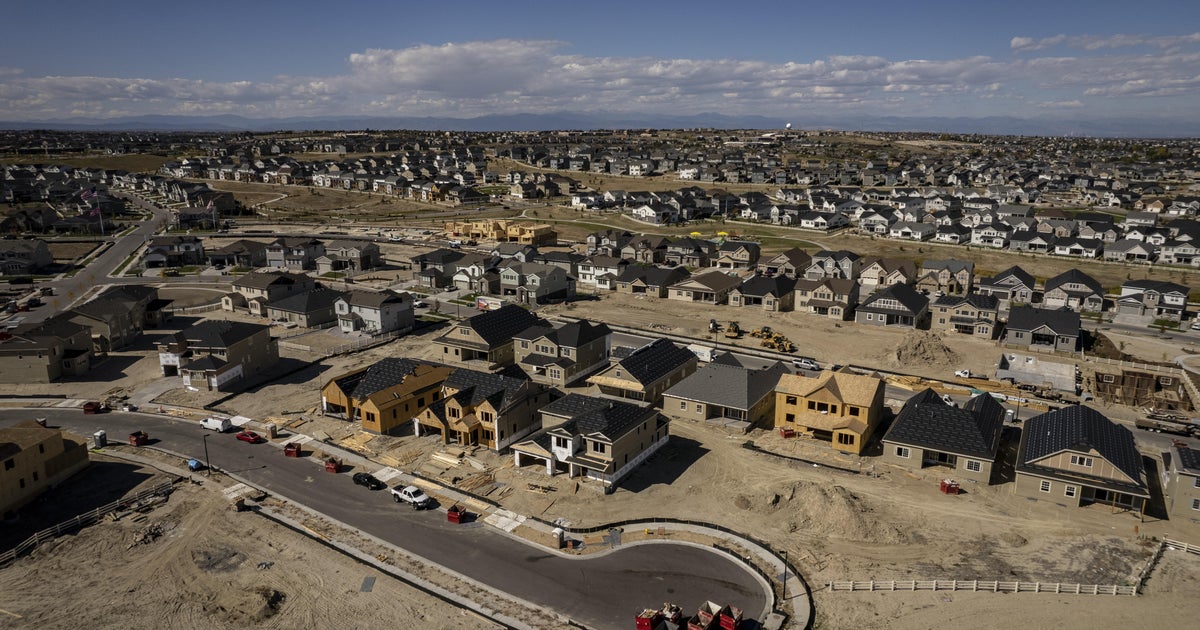Inflation surge is gobbling up many Americans' pay raises
A tight U.S. labor market is helping drive substantial raises for millions of Americans, with workers' typical hourly earnings jumping nearly 5% in the last year. The only problem? Inflation is not only erasing much or all of those gains, but pushing many workers into the red.
Once inflation is accounted for — or "real wages" — average hourly earnings decreased 1.2% from October 2020 to October 2021, the Bureau of Labor Statistics said last week. Those wages represent income after accounting for the impact of rising prices and illustrate a person's actual purchasing power.
By that measure, the typical American worker is worse off today than a year ago even though nominal pay — or income without any adjustments — is rising as fast as it has in years. But inflation is rising at an even steeper pace, with consumer prices increasing 6.2% in October from a year earlier. That represents the steepest monthly rise in about 30 years.
For consumers, the challenge is that inflation is impacting a wide range of goods, from prices at the pump to food at the grocery store. In other words, it's difficult for most workers to avoid paying higher prices. Not surprisingly, Americans are souring on the nation's economic outlook, with more than 6 in 10 calling the economy poor, according to polling from the Associated Press-NORC Center for Public Affairs Research.
"Inflation is working against workers right now," Liz Wilke, principal economist at Gusto, a payroll company for small and midsize businesses, told CBS MoneyWatch.
That may be pushing some workers to shift jobs in what has come to be called "The Great Resignation," — a spike in the ranks of employees who are handing in their notice. Some are leaving the workforce to care for children, while others are starting their own businesses. But others may be quitting jobs to take higher-paying roles to offset pricier gas, food, rent and other costs, Wilke noted.
Where pay is beating inflation
Some employees are faring better, however: low-income workers in sectors such as retail, leisure and hospitality. For instance, employees in leisure and hospitality — people who work in restaurants and bars, for instance, saw their nominal hourly wages rise 11.2% over the last year, or well above the prevailing rate of inflation.
But people who work in the financial industry got a more modest 4.2% bump during the past year, which means their pay gains are failing to keep up with inflation.
To be sure, restaurant workers generally earn far less than financial industry employees, at about $19 an hour compared with $41 an hour for the latter. But people in the leisure and hospitality sector have actually gained purchasing power over the past year, compared with a loss for higher-paid workers.
That's creating what economist Arindrajit Dube at University of Massachusetts Amherst describes as a "Great Re-Compression," meaning that wages are rising rapidly for the nation's lowest-paid workers.
"The bottom 40% saw incredible growth in hourly earnings, surpassing price growth" between the second and third quarters of this year, Dube wrote on Twitter. "At the same time, those between the 50th and 80th percentile (call it the middle class) experienced wage growth below inflation levels."
The main reason? Restaurants, warehouses, transportation companies and others that employ lower-wage workers are increasingly competing for employees amid a broader national labor shortage triggered by the pandemic. This marks a reversal from the prior decade, when higher-paid professionals saw wage gains that far exceeded that of lower-paid workers.
"But the scale of this far surpasses anything from the past," Dube added.





